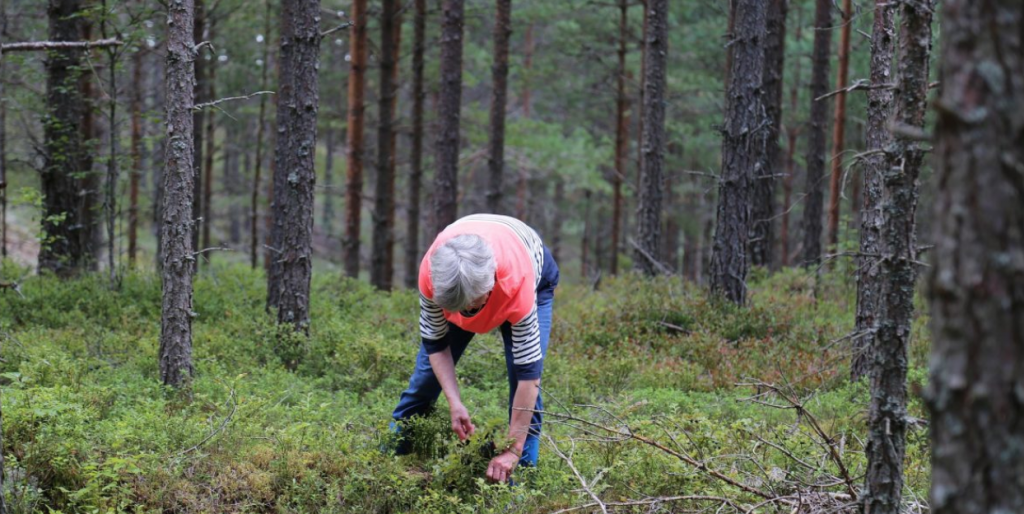Imagine being in a situation where you need to forage for food in the wild, but you’re not sure which plants are safe or poisonous. What if we told you that you can do a few simple things to test almost any plant and minimize the risk of getting sick or dying from consuming the wrong ones? Let’s look at how to use your senses to hone in on edible plants that can provide you with basic nutrition in an emergency.
Getting Started
The first step is to collect the plant in question and break it up into its various components such as the stem, leaves, flowers and roots. You want to apply the sensory test to each part of the plant in order to whittle any questionable bits and focus on the good ones. This may seem tedious, but remember that we don’t usually eat all of the parts of vegetables either.
Using Good Sense
Our bodies are programmed to use our senses to determine whether something is safe or not. We have the sense of touch to tell us if something is too hot, cold or sharp. We have hearing that alerts us to sounds that can indicate potential threats are nearby. We can even train our bodies to detect subtle vibrations that can indicate movement. We also have a sense of smell that is our first line of defense against ingesting harmful substances.
As a general rule of thumb, we shouldn’t eat anything that has a foul odor, smells “odd” or is repulsive. Even if the item in question is harmless, there’s usually a reason why our bodies try to discourage us from eating it, and it’s better to err on the side of caution. Give the plant a good sniff, and discard it if it produces an unpleasant odor.
Another way to determine if your body may have an adverse reaction is to swipe the plant along the thin skin on the underside of your wrist or above your elbow. Look for the development of a rash, irritation, redness, burning or other adverse reactions. If nothing happens on the outside of your body, chances are that it won’t cause harm internally either.
Take Things Slow
The next step is to take any plant that has passed the test so far and prepare it as you would prior to eating. However, instead of taking a bite when it’s ready, touch it with the tip of your tongue and see what happens. Signs of potential toxins include tingling, bitterness, numbness, burning and itching. If you don’t feel anything after a minute or so, then go ahead and chew it, but spit it out instead of swallowing. Wait another couple of minutes to see if any reactions develop in the mouth, and chances are that it will be safe to eat if nothing happens. Finally, if you really want to be cautious, you can take a bite or two, swallow, and wait to see if you get sick before eating an entire serving.
What’s Wrong With This Picture?
While this may seem like sound and cautious advice, the reality is that any one of these “tests” can be misleading and cause us to eat something that is harmful or poisonous. In fact, there are a number of plants that are so toxic that even a small bite can be enough to make us very sick. As a general rule of thumb, never put any questionable item in your mouth until you know for sure that it safe to consume.
This “test” illustrates how easy it is to stumble on information that seems believable and sensible at first glance. However, it’s important to think things through to their logical conclusion before taking unnecessary risks. There’s no way that we can use taste, smell or touch to determine if every plant out there is safe to eat, even if our senses are right some of the time.
Instead, familiarize yourself with edible vs toxic wild plants in your area and learn how to identify them in the field. This may involve some effort on your part, but it will reduce the chances of getting sick from eating the wrong ones during a survival situation.
